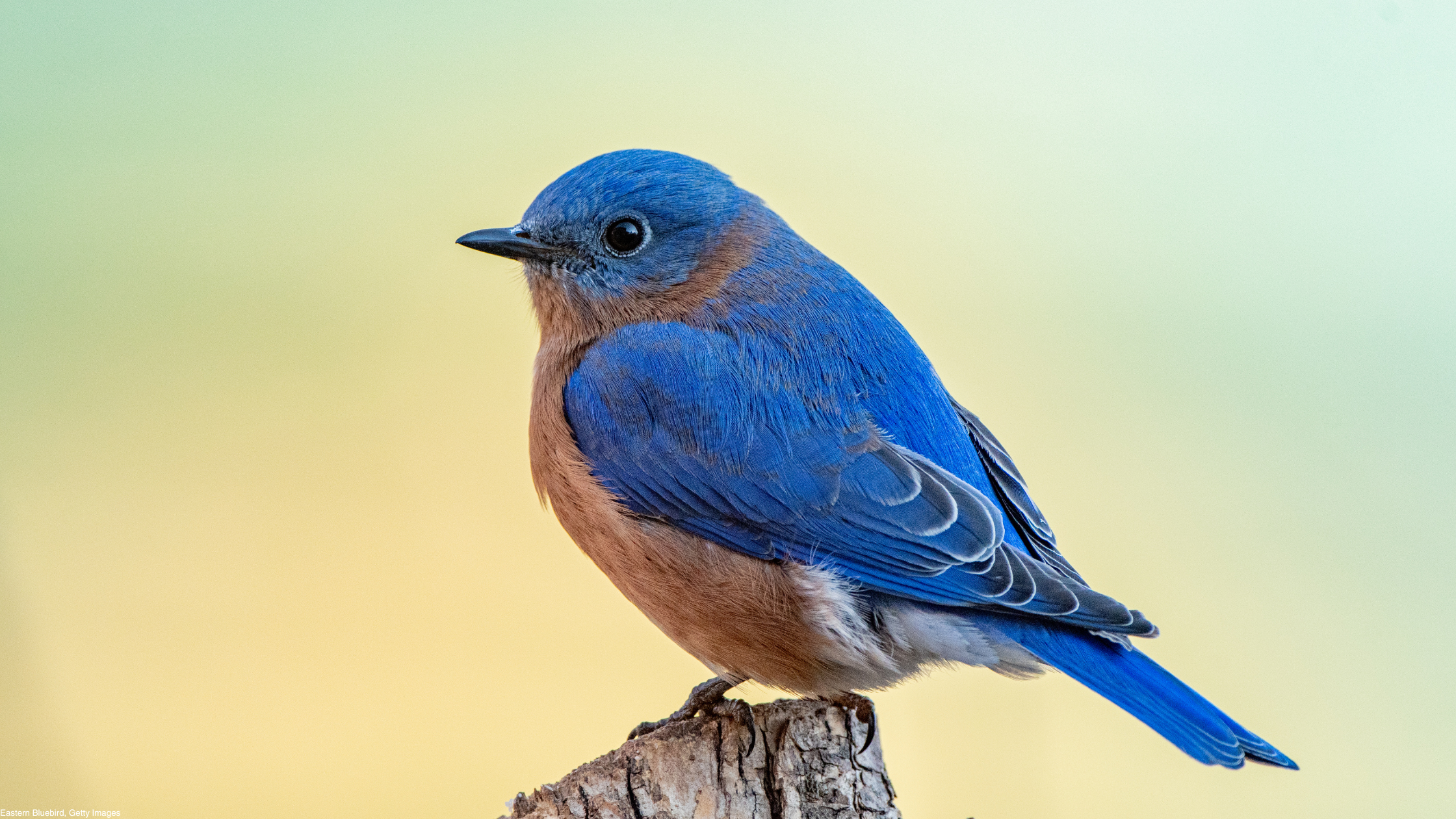

The bird population is declining dramatically.
How we care for our landscapes can make all the difference.
The Problem
North America has lost close to 3 billion birds since the 1970s 1. These are not just rare or endangered birds; our familiar backyard birds like Catbirds, Dark-eyed Juncos, and Chickadees are disappearing too. Most of them are migratory birds who rely on home gardens and neighborhood green space for food and shelter along their flightpath.
Lack of habitat when birds are vulnerable – breeding, migration, and wintering – is the primary cause of this decline.
Pesticides contribute to habitat loss by reducing the abundance of insects for birds to eat. Insect numbers are further suppressed in landscapes that are full of exotic plants. These plants offer little to no food source for insects, because they evolved to eat native plants. Properties that combine exotic plants and pesticides have eliminated millions of acres of bird habitat.
Birds are the messengers for a much larger problem: they are warning us about food web collapse and ecosystem-wide biodiversity decline.
The Solution
We are part of the solution. Our residential, recreational, and cultural landscapes can provide critical food and shelter needed to restore the bird population. We can stop being the problem simply by changing the way we garden.
Planting more native plants and eliminating pesticides will make more food for birds. Birds need at least 70 percent (two-thirds) native plants within foraging range to maintain healthy population levels 2.
The typical American lawn is an ecological dead zone. If we convert half our 40 million acres of lawn to native plants, we could play a major role in boosting the abundance of beneficial insects that birds depend on. If all our yards, parks, and campuses commit to two-thirds native and pesticide-free, they will eventually connect and create life filled corridors of habitat 2.
Aim to increase native plants in your landscape by planting two natives for every three, and encourage your neighbor to do the same; this simple action could be a life saver for birds, biodiversity, and ourselves.
You
Everyone, everywhere, can be part of the solution. You can make an easy, instant, positive effect on any property.
Make a simple commitment: plant two native plants for every three and use no pesticides.
- Sign THE LIST to cement your commitment and see who else is doing it.
- Access to Tools has all you need to know to get started and go far.
- Share your projects with us on social media.